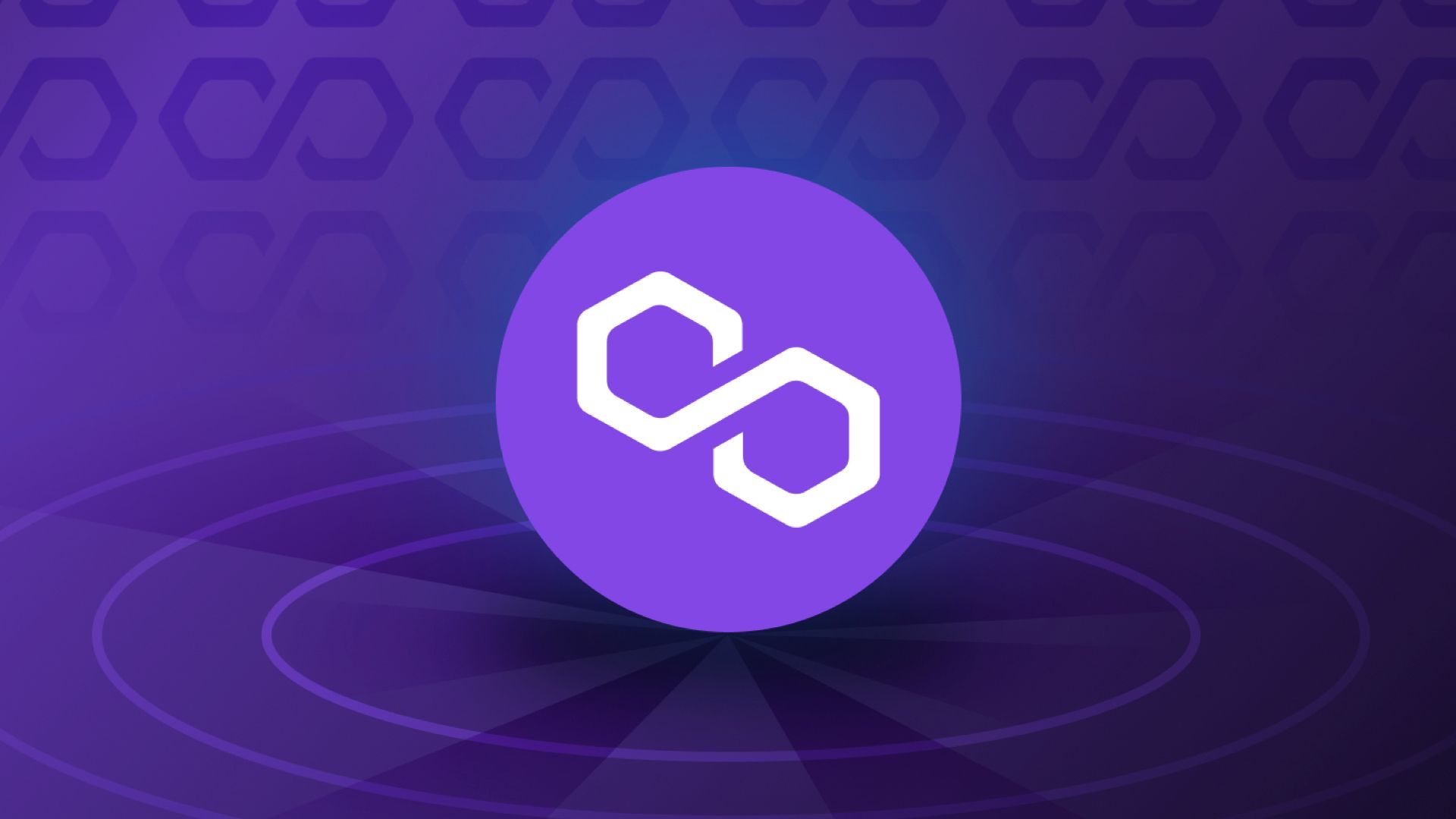Crypto
•
6 mins read
•
February 18, 2022
What is Polygon in Crypto?
Your guide to the upgraded Ethereum that’s slowly changing blockchain as we know it.

For those of you who are familiar with the
space, Ethereum is not new. The
blockchain platform is home to a multitude of smart contracts,
, and more applications. However, Ethereum is becoming increasingly expensive due to the transaction fees (known as gas) that are required to operate these activities.
Enter: Polygon.
What is Polygon in Crypto?
What is Polygon in cryptocurrency? Simply put, it’s a solution that has emerged to provide faster transactions at a lower cost to users. It acts as a speedy parallel blockchain to
, often referred to as a sidechain or Layer 2.
In order to use it, you essentially “bridge” — or transfer via a channel or platform — some of your cryptocurrency to Polygon and then interact with a wide variety of popular
applications that were formerly exclusive to Ethereum. In other words, Polygon performs transactions on a side chain, which is cheap and fast, and then syncs them together with the Ethereum main chain in a timely manner.
Like Ethereum, Polygon also has its own cryptocurrency, called MATIC. You can buy and sell MATIC on crypto exchanges like
and it is used to pay fees on the Polygon network (as ether is used on the Ethereum network).
But, this still doesn’t quite answer the question about what Polygon is. You can imagine that Polygon is like an express train on a subway — while it travels the same route as the regular train, it moves much faster. Polygon uses a variety of technologies to create this parallel blockchain and link it to the main Ethereum blockchain.
Essentially, you can do everything you could do on Ethereum on Polygon, but at a fraction of the cost. In order to try the Polygon network, you need to send crypto to a compatible
like Coinbase.
You can then “bridge” your crypto — often,
are used for this — to the Polygon network. You also need to bridge MATIC in order to make transactions, but even one USD is plenty because fees are so low.

What is the Difference Between Polygon and Matic?
In the Polygon crypto world, there is no difference between Polygon and Matic. In fact, Matic was the original name of Polygon prior to the project’s rebranding in February 2021. The main source of confusion between these two names comes from the fact that Polygon decided to retain the ticket MATIC for its utility even after the rebranding. As such, Polygon is to Matic what Ethereum is to ETH.
Is Polygon a Good Crypto Investment?
For many, Polygon is an extremely exciting investment opportunity. Polygon envisions a truly decentralized world without digital borders, where people can freely exchange value on a global scale without third-party intermediaries or gatekeepers.
For the blockchain industry, this implies a future where all blockchain networks can exchange information frictionlessly. Polygon has already brought more interoperability to the industry and made important steps towards a borderless digital world, making it a good investment for many.
The solutions presented by Polygon are the answers to some of the most pressing issues of Ethereum, like high
and low transaction throughput. As such, it is a unique player, since it is accessible and intuitive to the Ethereum community so dApps built in the Polygon network will benefit from Ethereum’s network effect without sacrificing security.
Moreover, the
includes both fraud-proof solutions and zero-knowledge (ZK) proof-based solutions which use mathematics to produce proof of transaction validity and increase security in the cryptocurrency space.
The value of Polygon is reflected in MATIC’s price, which has surged during two major crypto market corrections in 2021. Even when
price was down, MATIC was up by 120% in May 2021. Overall, MATIC has been one of the most profitable currencies of 2021 and Polygon has an edge over its competitors as a result. Coinpedia
that MATIC prices could rally as high as $50 USD in the next five years if everything goes well for the network.
Ultimately, investment decisions are individual choices based on one’s risk tolerance but Polygon is widely thought to be a good investment, particularly as it solves for an industry issue within Ethereum and its applications are wide-reaching.
Whether or not it reaches its full potential is yet to be seen, but the scope of future applications as a result of Polygon are exciting to watch unfold.


